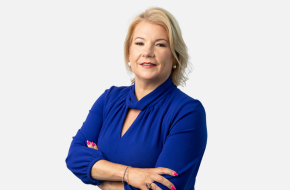Inflationary dynamics across the Middle East and Africa (MEA) region exhibit variation. Gulf nations, benefiting from currency pegs, have maintained relatively stable inflation rates. The overall outlook for 2024 remains cautiously optimistic, driven by a gradual rebound in oil-exporting countries and ongoing efforts to diversify economies beyond oil.
Monetary policy responses in the MEA region reflect global trends, with central banks implementing tightening measures to address supply shocks from supply chain constraints and geopolitical tensions. As a result, interest rates across the region remain high, influenced by both global economic conditions and domestic factors.
Projections for GDP growth in 2024 are nuanced. Oil-exporting countries are expected to benefit from elevated global energy prices, despite lower oil production, while also advancing diversification into non-oil sectors. Geopolitical tensions play a significant role in shaping economic stability, potentially affecting foreign direct investment and the broader economic climate.
Amidst these challenges, the MEA region offers opportunities for cautious optimism and strategic investment in private asset classes such as private equity, private debt, and real estate. The region’s economic diversity and robust consumer base growth provide potential for sustainable growth in 2024 and beyond, even as it navigates the prevailing economic dynamics.
In partnership with the Centre for Economics and Business Research (Cebr), we’ve analysed the evolving conditions affecting private debt, real estate, and private equity markets in the Middle East. Our comprehensive report provides an in-depth look into these sectors, highlighting emerging trends and investment opportunities in the region while delivering essential insights into market dynamics and strategic considerations for investors and asset managers in the Middle East.
















